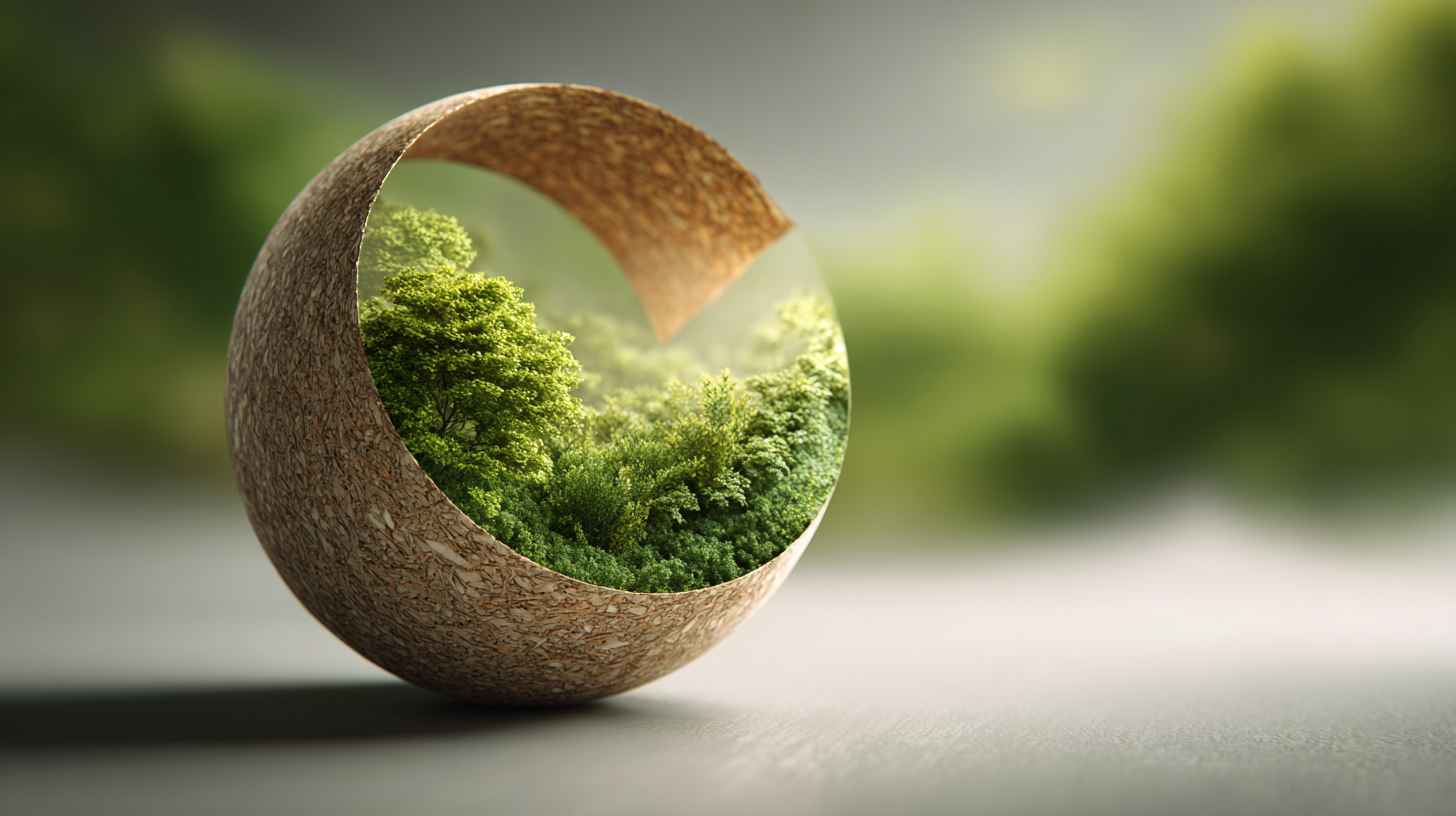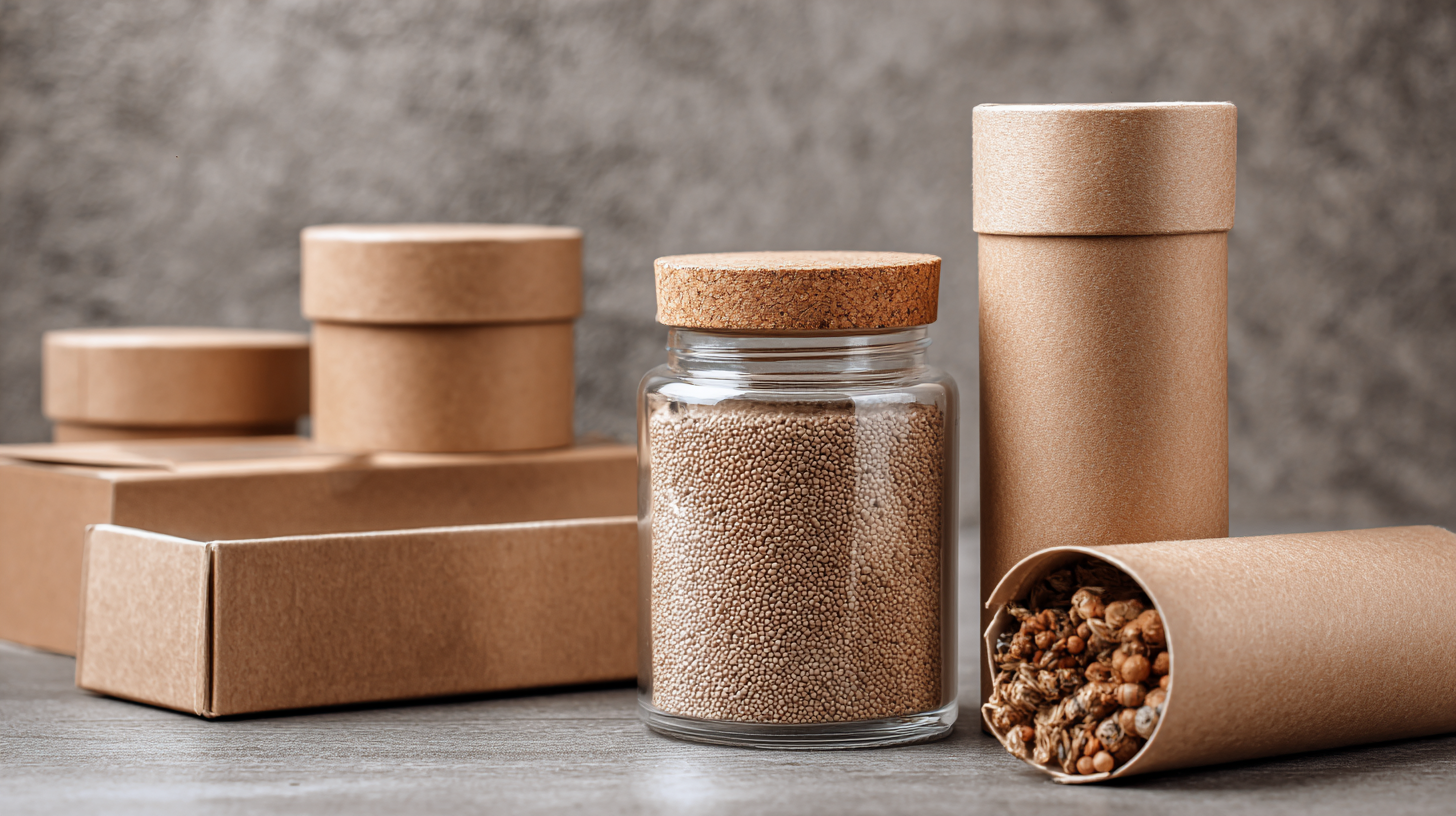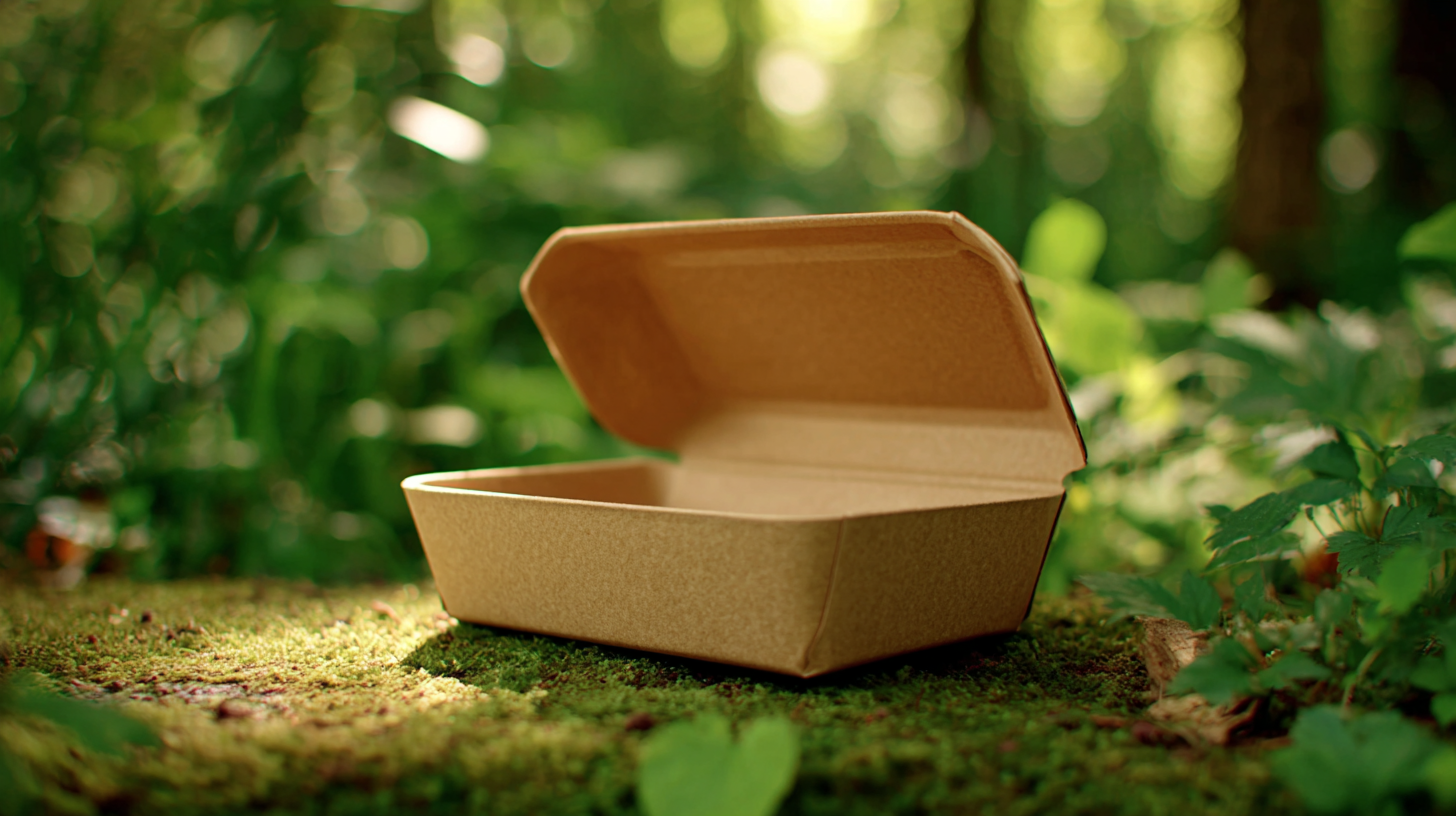The push towards environmentally sustainable solutions has brought
biodegradable packaging to the forefront of industry innovation. With the global biodegradable packaging market expected to reach
$21.8 billion by 2027, as per a report by Grand View Research, businesses and consumers alike are
recognizing the critical need for alternatives to traditional plastic. This transformative trend not only addresses pressing environmental
concerns, such as plastic pollution, but also aligns with the growing consumer demand for
sustainable products.
Experts in the field, such as Dr. Emily Schwartz, a leading researcher in biodegradable materials, emphasize the
importance of these innovations. She states, "Biodegradable packaging not only provides an eco-friendly alternative but also signifies a pivotal shift in how we view waste and sustainability."
This sentiment echoes in the broader context, as companies increasingly adopt biodegradable packaging solutions to meet regulatory mandates
and consumer preferences that favor environmentally responsible practices.
As we delve into the top ten innovations in biodegradable packaging, we will explore their potential environmental impact and the future landscape of sustainable packaging solutions.

The shift towards biodegradable packaging technologies is gathering momentum as environmental concerns become increasingly urgent. Emerging trends in this field are focused on the development of materials that can break down naturally, reducing the accumulation of plastic waste in landfills and oceans. Innovations like polylactic acid (PLA) derived from corn starch and polyhydroxyalkanoates (PHA) produced by microbial fermentation are leading the charge. These materials offer a sustainable alternative, appealing to both manufacturers and eco-conscious consumers.
Moreover, advancements in nanotechnology and bioengineering are contributing to enhanced performance characteristics of biodegradable packaging. By integrating natural substances into traditional packaging materials, companies can create films and coatings that maintain freshness while remaining environmentally friendly. Additionally, the rise of compostable packaging solutions is creating new avenues for waste management, allowing consumers to contribute to a circular economy. As these technologies continue to evolve, they hold the potential not only to mitigate environmental impacts but also to revolutionize the packaging industry as a whole.
| Innovation Type | Material Used | Degradation Time (months) | Environmental Impact | Current Adoption Rate (%) |
|---|---|---|---|---|
| Plant-Based Plastics | PLA (Polylactic Acid) | 6-12 | Low carbon footprint, compostable | 30 |
| Mushroom Packaging | Mycelium | 30 | Biodegradable, renewable | 15 |
| Seaweed Packaging | Alginates | 1-2 | Non-toxic, edible options | 10 |
| Compostable Films | PBAT (Polybutylene Adipate Terephthalate) | 6-18 | Completely compostable, bio-based | 25 |
| Biodegradable Foam | Corn Starch | 3-6 | Reduced environmental toxicity | 20 |
The transition towards eco-friendly packaging solutions is revolutionizing the materials used in the industry. Innovative materials such as plant-based bioplastics, mushroom mycelium, and seaweed derivatives are paving the way for sustainable alternatives to traditional packaging. These materials not only reduce dependence on fossil fuels but also offer a variety of functional properties that can match or even surpass conventional options. For instance, marine-sourced packaging can naturally decompose in a marine environment, addressing both waste disposal challenges and ocean pollution.
Furthermore, advancements in biodegradable materials are enhancing consumer perception and market adoption. Companies are increasingly integrating these sustainable options into their branding strategies, appealing to eco-conscious consumers who prioritize environmentally responsible products. The development of compostable packaging not only emphasizes the lifecycle impact of materials but also supports a circular economy by transforming waste into valuable resources. As innovations continue, the future of biodegradable packaging holds the promise of delivering both aesthetic appeal and practical functionality, reshaping how products are packaged and perceived in a sustainability-driven world.
The shift towards biodegradable packaging presents numerous environmental benefits that are increasingly hard to ignore. According to a recent report by Smithers, the global biodegradable packaging market is projected to reach 20.8 billion USD by 2026, driven by rising consumer demand for sustainable packaging solutions. This paradigm shift not only reduces the reliance on traditional plastic materials but also significantly lowers the carbon footprint associated with packaging production. Biodegradable materials break down more rapidly in natural environments, thus mitigating long-term pollution and the adverse effects on wildlife.

Furthermore, the use of biodegradable packaging contributes to a circular economy, where resources are reused and recycled efficiently. A study published in the Journal of Cleaner Production highlights that if biodegradable packaging is adopted widely, it could cut greenhouse gas emissions by nearly 50% compared to conventional plastic alternatives. Additionally, many biodegradable options are made from renewable resources, such as corn starch or sugarcane, which further enhances their sustainability. As industries progressively transition to these innovative materials, the cumulative effect could play a significant role in combating climate change and preserving ecosystems for future generations.
The transition to biodegradable packaging is fraught with challenges, particularly in its implementation across various industries. Despite a projected growth of the global biodegradable polymer market from $8.34 billion in 2024 to an impressive $20.04 billion by 2031, industries face substantial hurdles in adopting these materials. Key issues include the higher production costs compared to traditional plastics, which can discourage companies from making the switch, especially in price-sensitive markets. Ensuring that biodegradable products perform adequately under real-world conditions is essential for gaining consumer trust and regulatory approval.
Additionally, the integration of biodegradable packaging solutions often requires comprehensive changes in current manufacturing processes and supply chains, which can be daunting for businesses. For instance, the food packaging sector, which heavily relies on conventional plastics due to their convenience and durability, must innovate not only with materials but also their business models to promote sustainability. The recent emphasis on eco-friendly practices within countries reflects a growing recognition of the need to balance economic growth with environmental responsibility, as industries navigate the complexities of adopting biodegradable alternatives amidst evolving regulatory landscapes.
The concept of a circular economy is increasingly becoming a framework for evaluating the potential of biodegradable packaging innovations. In a circular economy, products are designed for longer life cycles, prioritizing sustainability at every stage from production to disposal. Biodegradable packaging offers a significant advantage by breaking down naturally, thereby reducing the volume of waste that accumulates in landfills and oceans. This aligns with the circular economy principles that seek to minimize resource extraction and promote recycling and composting efforts.
Looking ahead, biodegradable packaging can play a pivotal role in reshaping industries toward more sustainable practices. Innovations in materials, such as mycelium, plant-based polymers, and edible packaging options, are not just eco-friendly but also contribute to the closed-loop systems vital for a circular economy. By leveraging these advancements, businesses can reduce their environmental footprint while catering to the growing consumer demand for sustainable alternatives. As regulations tighten and awareness of environmental issues increases, the integration of biodegradable packaging within the circular economy will likely be a key driver for companies striving to achieve sustainability goals and foster an eco-conscious brand identity.
